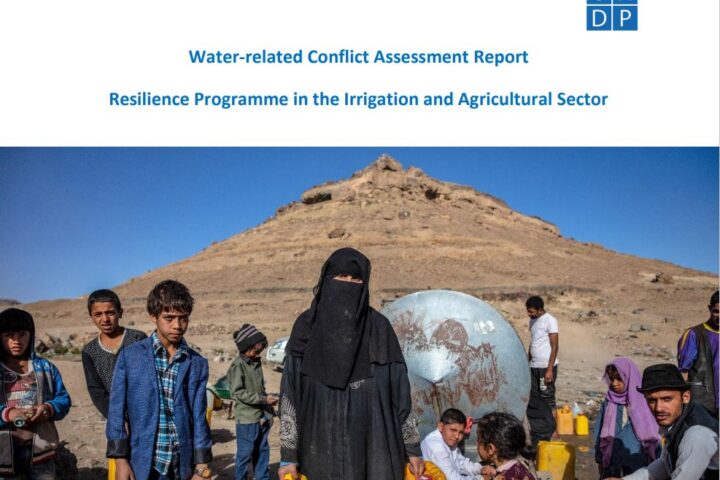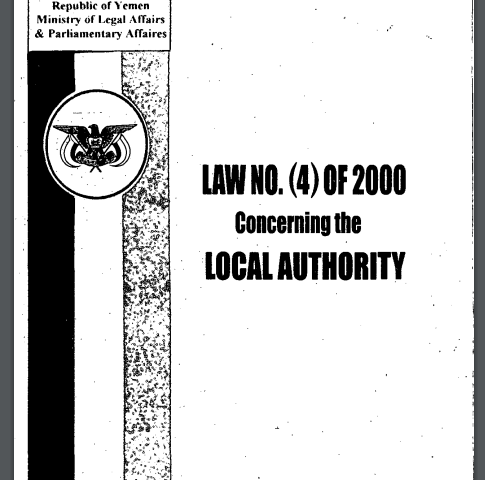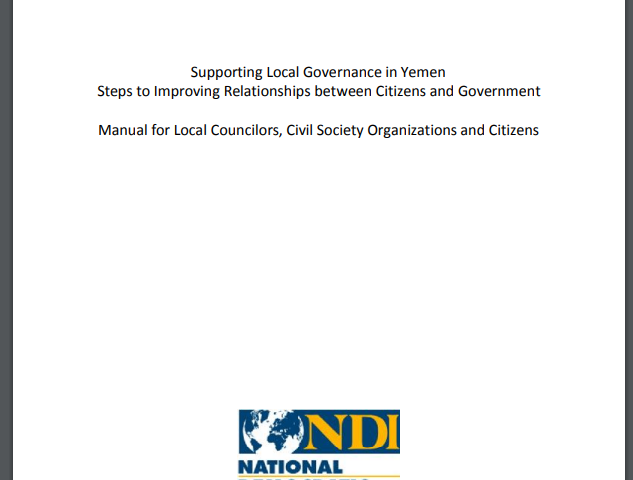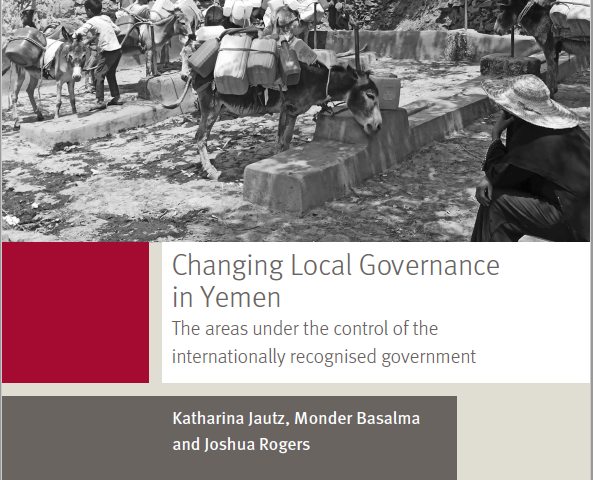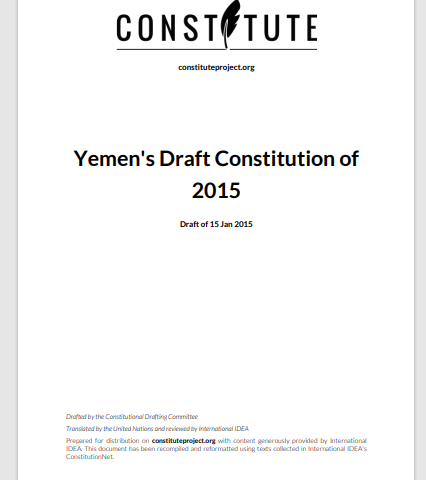The Governorate of Abyan is located in the southern part of the Republic of Yemen and borders Aden. It is 427 kilometers south of Sana’a. The governorate is located on the coast of the Arabian Sea and consists of 11 districts. Zinjibar is the governorate capital.
Abyan governorate information
Map of Abyan
Economy
Agriculture and fishing are the main economic activities in the Governorate of Abyan. Agricultural production from Abyan constitutes approximately 5% of the total agricultural production of the Republic of Yemen. The most important crops produced in the governorate are cotton, vegetables, and fruits.1https://www.yemenna.com/index.php?go=guide&op=show&link=abin. The governorate is also the site of livestock breeding and beekeeping.2Interview with one member of the local council of the Governorate of Abyan. March 2019.
According to the 2014 Local Authority Budget, central grants and subsidies constituted 97% of the total income of the governorate, while local revenues amounted to only 3% of the budget.3Please see the appendix for further information on these different types of revenue. Local revenues were mostly shared local revenues derived from sales of goods and services, zakat, taxes on goods and services, taxes on income, as well as fines and penalties. Revenues were adversely affected by the war.4Republic of Yemen, Ministry of Finance, Budget Sector: estimated local authority budget for the 2014 fiscal year.
According to the 2014 Households Budget Survey, the poverty rate in Abyan was 48.6%. With the economic downturn the governorate has faced due to the war, this rate is likely to have increased tremendously over the past few years.
Local governance
The governorate’s local council consists of 22 members in addition to the governor. There are two vacant seats, which could not yet be filled by elections. Although all 20 remaining members are present in the governorate, the local council has not held regular meetings since 2015. The administrative board of the council, which consists of the governor, the secretary general, and heads of the council’s committees, is performing the work of the council and has been holding ad-hoc meetings when needed.
The executive offices are functioning normally. They provide services to the people at the minimum level with support mainly from international donor organizations in areas such as education, healthcare, and humanitarian relief.5Interview with Local Council Member, Abyan. March 2019. Central government subsidies are currently limited.
Access to basic services
According to OCHA (2023 People in Need in Yemen), there are nearly 350,000 people (52% of the population) in need of assistance in Abyan. Seventy-four percent of them are in dire need. Abyan has a current IDP population of 62.000 (status December 2022).6https://data.humdata.org/dataset/yemen-humanitarian-needs-overview, 2023 People in Need in Yemen
Health services in the governorate are available through hospitals and healthcare facilities that rely mainly on support from international organizations. The services provided are very limited and insufficient to meet the needs of the population.7Interview with Local Council Member, Abyan. March 2019.
With regard to education, 69 schools have been damaged in the war in Abyan, according to OCHA (An Overview of the Humanitarian Needs in Yemen 2018). However, teachers were being paid regularly, as Abyan was one of the governorates receiving regular salary payments. Overall, education in Abyan appears to be stable and continues to function, with funding from local authorities and a number of donors.
As for drinking water, almost half (48%) of households in Abyan do not have access to potable water (OCHA: An overview of the humanitarian needs in Yemen 2018). Water services and sanitation are available in some districts, but not all. Local water services operate with support from international organizations.8Interview with Local Council Member, Abyan. March 2019.
Demographics
| District | Size (km2) | Population (Female) | Population (Male) | Population (Total) |
|---|---|---|---|---|
| Al Mahfad | 2,256 | 18,385 | 18,631 | 37,017 |
| Mudiyah | 992 | 23,922 | 25,011 | 48,933 |
| Jayshan | 824 | 9,897 | 10,413 | 20,310 |
| Lawdar | 2,166 | 59,388 | 63,521 | 122,909 |
| Sibah | 361 | 11,830 | 11,914 | 23,744 |
| Rusad | 198 | 37,900 | 37,601 | 75,501 |
| Sarar | 746 | 10,797 | 10,267 | 21,064 |
| Al Wade’a | 618 | 15,929 | 16,723 | 32,652 |
| Ahwar | 4,384 | 17,052 | 17,661 | 34,713 |
| Zinjibar | 2,199 | 19,943 | 21,233 | 41,176 |
| Khanfar | 2,199 | 78,699 | 82,173 | 160,872 |
| TOTAL | 16,943 | 303,743 | 315,149 | 618,892 |
Figures are based on the 2021 Humanitarian Needs Overview Yemen, OCHA. Population figures include the number of IDPs and residents.
.


